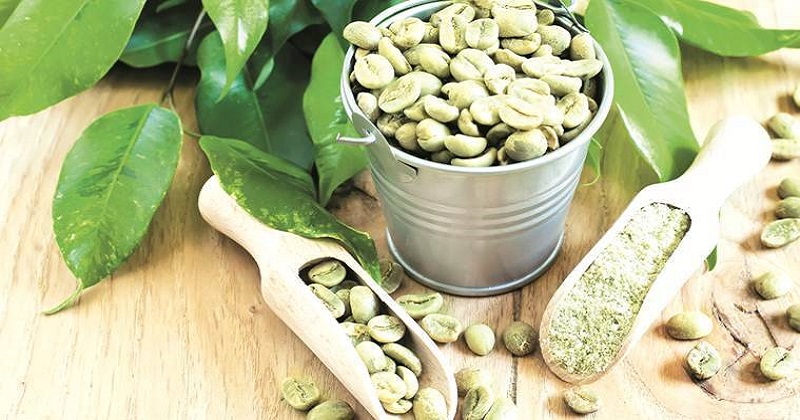
A global supply shortage and resulting price increase have boosted exports of Indian green coffee – unroasted coffee beans – yet the Russia-Ukraine war has hindered instant coffee shipments. The benchmark New York ICE futures coffee price, based on the premium arabica type, has dropped to $2.15 a pound after reaching a 10-year high of $2.60 per pound in February. Indian coffee exports, which were contracted when prices skyrocketed, are finally being transported.
According to Coffee Board data, between January 1 and April 27, 2 shipments increased by 25% year on year to 148,402 tonnes. ‘April exports are brisk. There was also strong demand in the prior months. However, what we are sending is for pre-orders,’ said Ramesh Rajah, head of the Coffee Exporters Association. Although exports may drop after June, when harvesting in Brazil, the world’s largest coffee grower, begins, Rajah believes the delay in shipments may benefit India.
‘Because of container shortages, Brazil’s exports are at least two months behind schedule. However, due to a superior harvest and a weakening of the country’s currency versus the dollar, the country may export more this year,’ he noted. Brazil’s national supply firm Conab predicted the 2022/23 coffee harvest at 55.7 million bags of 60 kg in its projection for the forthcoming coffee season earlier this year.
This is a 16.8 percent increase over 2021, as the country enters the biannual arabica production cycle’s ‘on-year’ of big output. However, the forecast falls short of 2020’s record yield of 63 million bags. The decrease in output this year compared to 2020 is due to severe weather conditions, with dryness and frost affecting Arabica plantations in Minas Gerais, So Paulo, and Paraná, mostly in July and August 2021, according to Conab.

Arabica vs. robusta
India is currently exporting robusta coffee, the country’s primary coffee crop. According to producers, premium arabica production has been substantially lower than the 99,000 tonnes expected by the Coffee Board. And the majority of it has already been shipped to take advantage of the increased price. The Coffee Board forecasts 235,000 tonnes of robusta output in 2021-22.
Normally, India must compete with Vietnam, the world’s second largest coffee exporter, and Indonesia, whose lower-cost coffee attracts more purchasers in Europe. However, these countries are now experiencing high freight charges to Europe. In comparison, the freight rate from India to Europe is less expensive. ‘The freight rate increases have assisted India in matching the coffee pricing of Vietnam and Indonesia in the global market and attracting more customers,’ said N Sathappan, director of SLN Coffee.
Instant coffee lags
Following the outbreak of the Russia-Ukraine war in February, instant coffee consignments have suffered. India exports around 40,000 tonnes of instant coffee, with Russia being a major client. ‘Previously, exports were denominated in dollars. However, banks are no longer accepting dollars as a result of the sanctions imposed by Western countries. ‘We are waiting for the right notification to export in rupees or roubles,’ said Sathappan.
According to a senior executive from a major coffee exporting company, one significant change since the war began is that several large instant coffee exporters who import beans for value addition and exports have now turned to the local market for sourcing as imports have been hampered by a weak rupee and shipping delays. Although this has raised demand for local coffee, many producers are still keeping stock, anticipating prices to rise higher, according to the executive.
Coffee bean imports are tax-free for re-exports but are subject to a tariff of 110 percent when used in the domestic market. CCL Ltd and Tata Coffee Ltd, two of the largest instant coffee exporters, import enormous volumes of beans for export. Multinational corporations such as Nestle India Ltd. and Hindustan Unilever Limited employ Indian coffee beans in their local sales of brands like as Nescafe and Bru.
The Global Situation
According to the International Coffee Organization’s most recent preliminary forecast, consumption in this coffee year is predicted to outnumber output by 3.1 million 60 kilogramme bags (October, 2021 to September 2022). It estimated overall output at 167.2 million bags, a 2.1 percent decline from the previous coffee year’s total production of 170.83 million bags. According to the organisation, global coffee consumption would increase by 3.3 percent to 170.3 million bags in 2021/22 compared to 164.9 million bags the previous year. Variations in supply and demand may be influenced by a global economic downturn, increased input costs, and the conflict in Ukraine, according to the report.

Post Your Comments